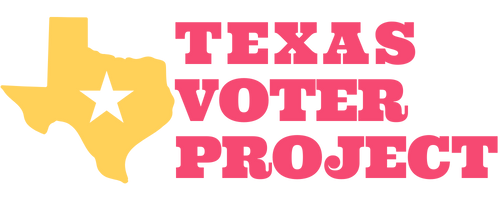The perfect stress test for democracy’s worst case scenario…
Why the “70 % haven’t seen a voter guide” during early voting finding hits even harder once you look at San Antonio’s population churn…
1. The city is pulling in a lot of brand-new residents—exactly the people least likely to be plugged-in
San Antonio has been the country’s biggest population gainer more than once—most recently between July 2022 and July 2023, when it added about 22 000 residents and reclaimed the No. 1 spot. In the newest 2024 estimates it’s still growing briskly (+24 000) and was only passed by New York, Houston and Los Angeles.
Using the most recent migration micro-data and local studies, the typical newcomer to San Antonio is roughly 31 – 33 years old, a few years younger than the city’s overall median age (34.6)
Why newcomers skew youngJobs & affordability. San Antonio’s cost of living is lower than other large Texas metros, so early-career workers and first-time buyers can stretch paychecks further.
Military & higher-ed pipelines. Joint Base San Antonio brings in service members in their 20-30s, and UTSA adds a constant flow of graduates who stay.
Family formation phase. The city’s new-construction boom (starter homes on the fringes, urban infill downtown) meshes with life-stage needs of people in their late 20s and early 30s.
2. Movers routinely vote less—and lack of trusted information is a key reason
Peer-reviewed studies find that residential mobility depresses turnout for years, mainly because social ties and local knowledge get severed each time people move. ResearchGate
3. San Antonio’s turnout problem is already glaring
In the 2025 municipal election only 5.8 % of registered voters showed up during early voting—a modern low. KSAT Total Bexar County turnout on May 3 was just below 10%—about half the last city election. With so few voters showing up, each informed ballot carries outsized weight.
4. Put the numbers together and the 70 % gap becomes a five-alarm fire
70 % of surveyed voters said they hadn’t seen any non-partisan voter information. There is a massive information desert right where new and undecided voters are looking.
Tens of thousands of newcomers arrive each year, most in their early 30s. The “desert” is growing: every year another tranche of voters arrives with no party contacts, no local media habits, and no idea who’s on the ballot and no idea where to look.
Mobility saps turnout for years unless the info gap is bridged A single neutral voter guide can short-circuit that drop-off by lowering the “learning costs” that come with a new address.
5. Why this should move funders, partners, and election officials
Compounding impact. Every guide you send today doesn’t just help one election; it can establish a voting habit for a newcomer who might otherwise sit out multiple cycles.
Equity lens. New arrivals are disproportionately renters, students, people of color, and mid-income workers—groups already under-represented at the polls. Filling the info gap closes more than one participation divide at once.
Scalability. Because San Antonio is the country’s top numeric grower, solutions proven here can translate to Houston, Phoenix-style boomtowns, and the dozen Texas suburbs posting double-digit growth rates.
Cost-effectiveness. Compared with partisan outreach (which ignores unaffiliated newcomers) or large-scale GOTV canvassing, a concise, non-partisan guide is cheap, scalable, and trusted across the political spectrum.
Bottom line
The 70 % “never saw a guide” statistic isn’t just a missing-information problem—it’s a fast-growing missing-information problem fueled by San Antonio’s unprecedented inflow of young adults. If we don’t flood that desert with clear, neutral voter information now, today’s gap will be even wider by the next election. Conversely, every dollar spent on non-partisan guides in San Antonio delivers a double dividend: higher turnout and a durable fix for the mobility-driven participation slump that boomtowns across Texas are already grappling with.

